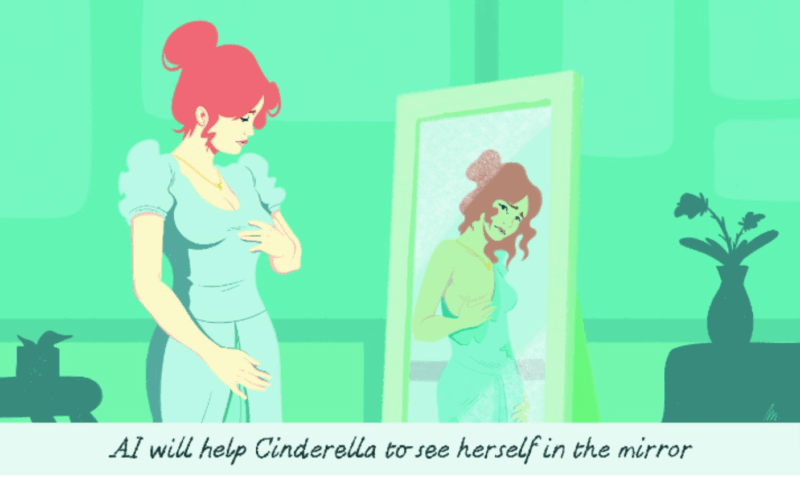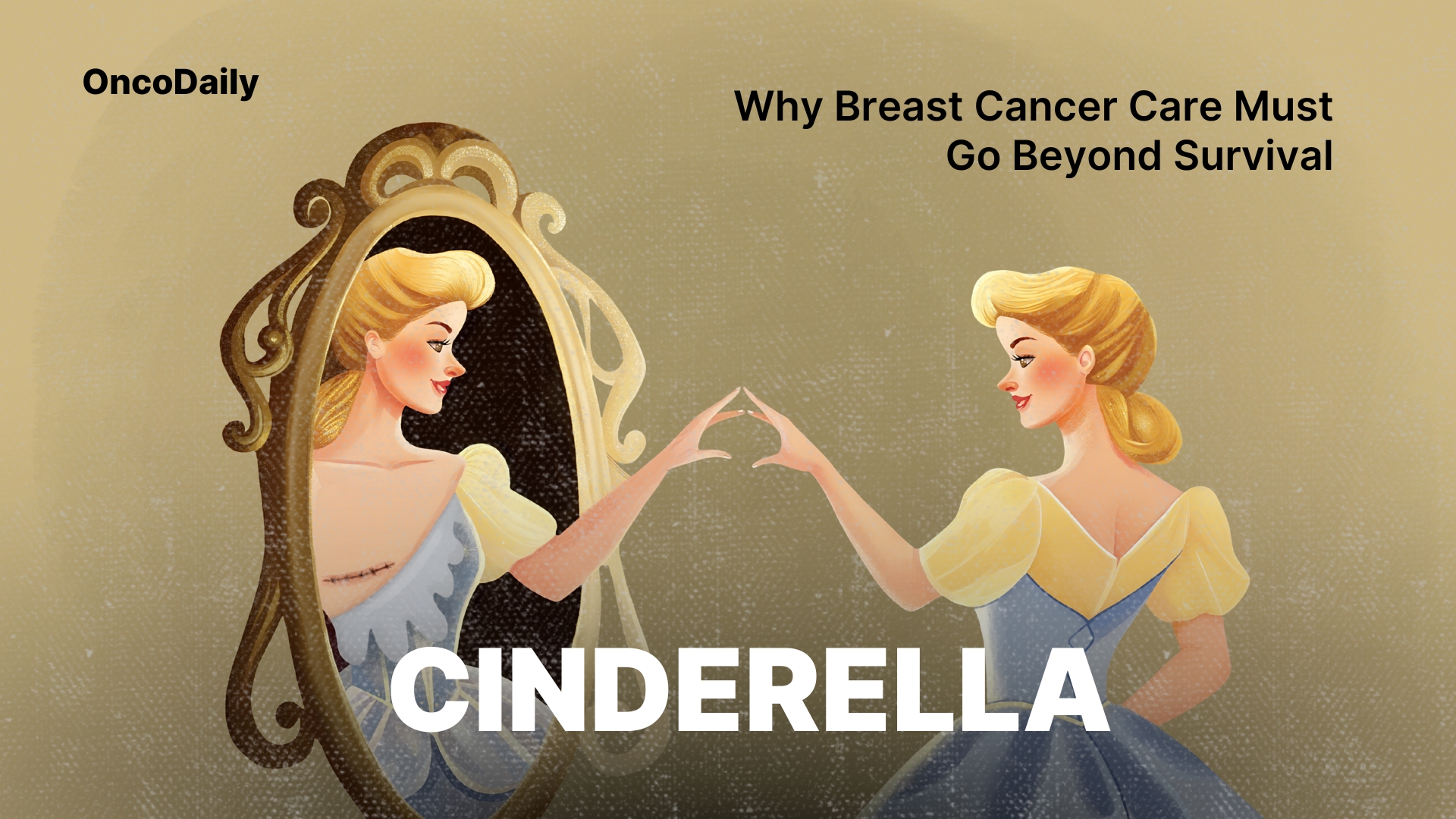“We have reduced local recurrences to just 5% at 10 years – yet up to 30% of women live with poor cosmetic outcomes after treatment.
The EU-funded CINDERELLA Project is proving that AI can help us measure, predict, and improve what truly matters to patients: not only survival, but quality of life.
It is striking how little attention has been given to evaluating the aesthetic outcomes of breast cancer surgery and radiotherapy. For decades, our focus has been almost exclusively on oncological outcomes – reducing local recurrences that today are as low as 5% at 10 years.
Yet, while survival has improved, up to 30% of women live with poor cosmetic results after treatment. And we rarely talk about it. The impact on quality of life is enormous, but our investment in this domain has been minimal.
Why is this the case?
The reasons are many. Measuring aesthetic outcomes is complex. It requires standardized photographs, storage, and comparative evaluation – a task often perceived as cumbersome. And yet, compared with the effort and cost of routine mammography, ultrasound, or blood tests, it is minor. Still, it is seldom done.
Asking patients whether they are satisfied is important, but not sufficient. Patients often lack a reference: no one has shown them what ‘good’ or ‘poor’ outcomes look like. When you are told you are cured, how do you weigh the value of an unsatisfactory cosmetic result?
Meanwhile, at conferences, we celebrate selected ‘best cases’ with beautiful results. But we know that for every set of perfect images, there are women – around one in three – who look in the mirror and feel disfigured. Confronting this reality is uncomfortable. Human beings tend to forget what is painful. But when results are systematically documented, we are reminded every day of both the good and the bad.
This was the vision behind CINDERELLA. Could we create a system that not only evaluates cosmetic outcomes more objectively, but also empowers patients to anticipate their likely results?
The answer we explored was artificial intelligence. By training algorithms on large datasets of women treated with and without radiotherapy, we can generate predictions of aesthetic outcomes for a woman preparing for surgery.
Through the CINDERELLA App, patients receive tailored information on all aspects of breast cancer treatment, balanced against realistic expectations of what their own results might look like.
This digital solution, funded by the European Union, was tested in a randomized clinical trial with 1,000 patients across five countries. The results will be available next year. But regardless of the trial’s outcome, one message is already clear: we must raise awareness of how little effort has gone into improving a dimension of care that profoundly affects the lives of millions of women.
We are not seeking perfection. We are seeking progress.
If survival is no longer the only measure of success, then aesthetics, quality of life, and patient empowerment must take their rightful place at the heart of breast cancer care.”
by Maria João Cardoso, Director of the Breast Cancer Research Program at Champalimaud
Foundation

You can find more posts about Breast Cancer on OncoDaily.
You can also read how ‘AI will help Cinderella to see herself in the mirror‘ on CancerWorld.
